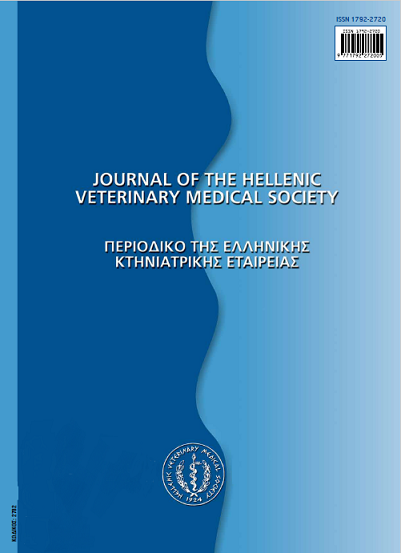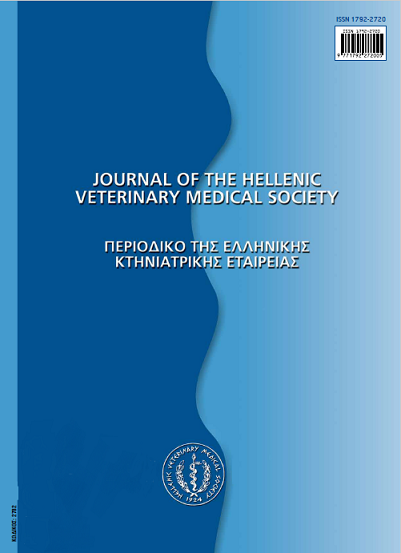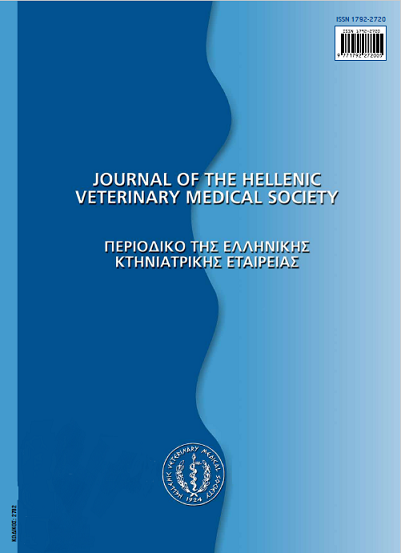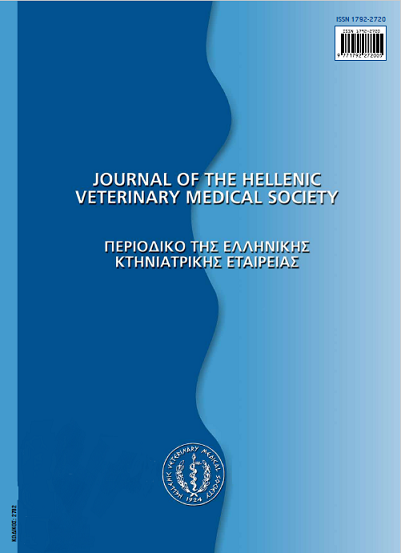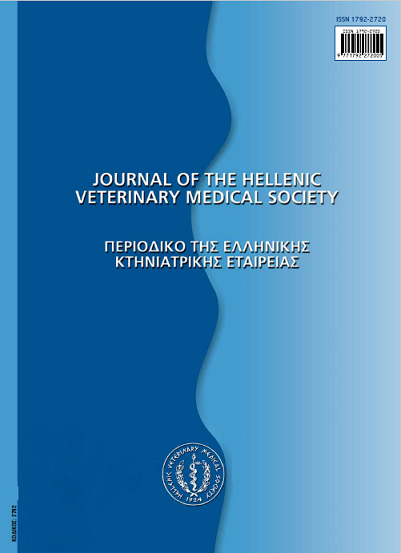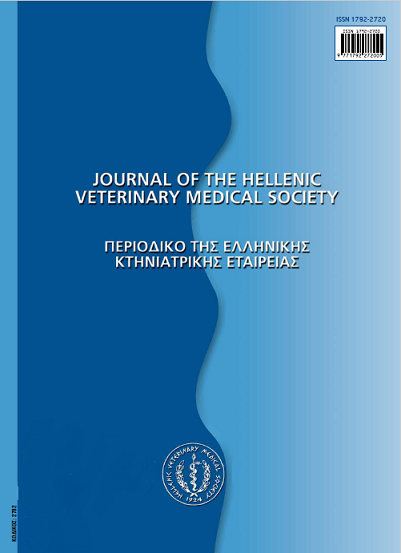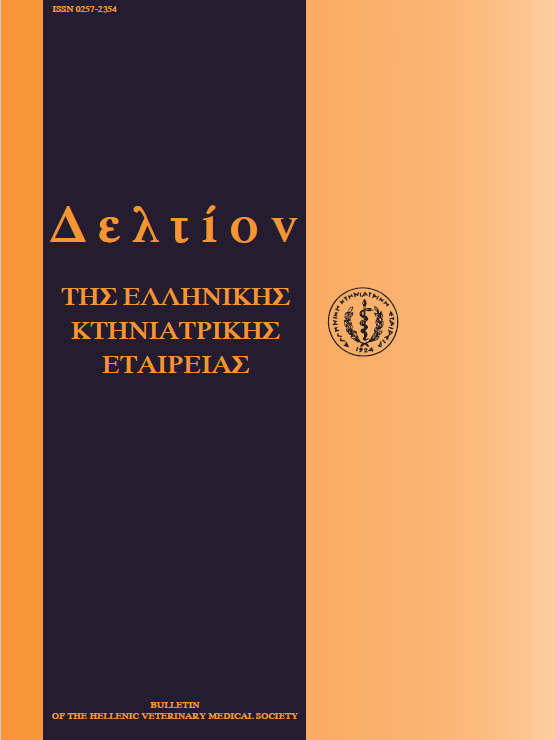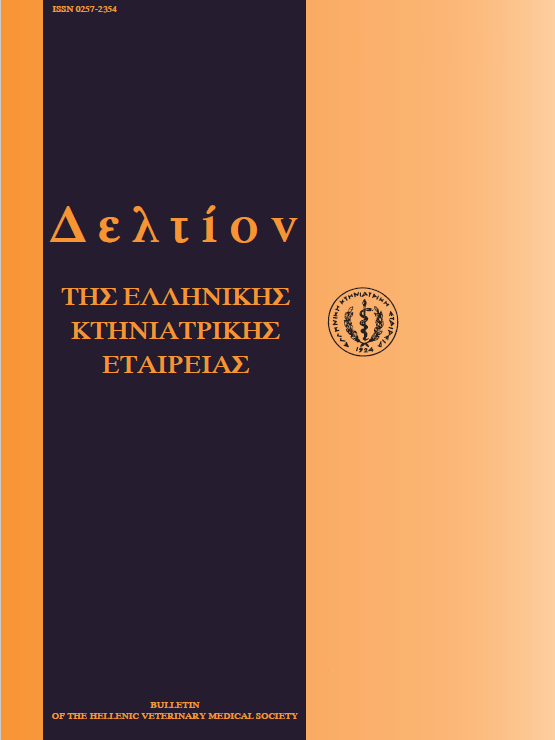Feather picking / self-mutilating in psittacine birds. Recent data for the control
Аннотация
Feather picking /self-mutilating is the most frequent and serious problem of psittacine birds that the avian practitioners have to deal with in practice. The etiologic agents of this behavior may be infectious, parasitic, nutritional, but the most interesting among them are psychological (housing, environment, attention seeking etc). It is very difficult to establish accurate diagnosis, although some laboratory examinations may be helpful. Especially the behavioral history may be important for the identification of psychological causatives. Therapy of feather picking is not always possible. Pharmaceutical treatment, primarily with psychotropic drugs, improvement of the housing conditions and nutrition, closer relationship with the persons that the birds live with, may be useful to reduce or even to solve this problem. The prognosis is circumspect, because sometimes, in spite of the therapy, there is no improvement or it is temporary. Feather picking disorder is described in the present study. Recent data on the causative agents and the control of the disorder are also reported.
Article Details
- Как цитировать
-
IORDANIDIS (Π. ΙΟΡΔΑΝΙΔΗΣ) P. (2017). Feather picking / self-mutilating in psittacine birds. Recent data for the control. Journal of the Hellenic Veterinary Medical Society, 55(2), 125–129. https://doi.org/10.12681/jhvms.15170
- Выпуск
- Том 55 № 2 (2004)
- Раздел
- Review Articles
Authors who publish with this journal agree to the following terms:
· Authors retain copyright and grant the journal right of first publication with the work simultaneously licensed under a Creative Commons Attribution Non-Commercial License that allows others to share the work with an acknowledgement of the work's authorship and initial publication in this journal.
· Authors are able to enter into separate, additional contractual arrangements for the non-exclusive distribution of the journal's published version of the work (e.g. post it to an institutional repository or publish it in a book), with an acknowledgement of its initial publication in this journal.
· Authors are permitted and encouraged to post their work online (preferably in institutional repositories or on their website) prior to and during the submission process, as it can lead to productive exchanges, as well as earlier and greater citation of published work.

